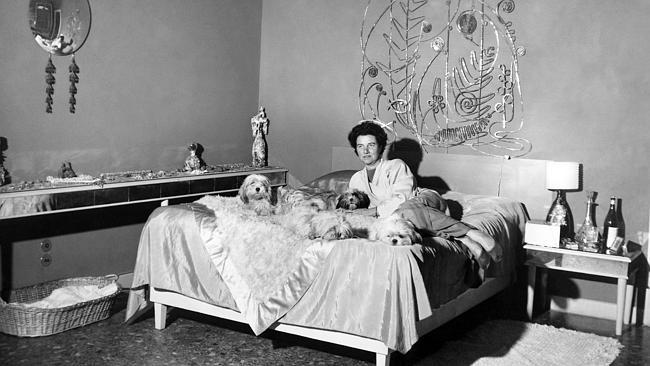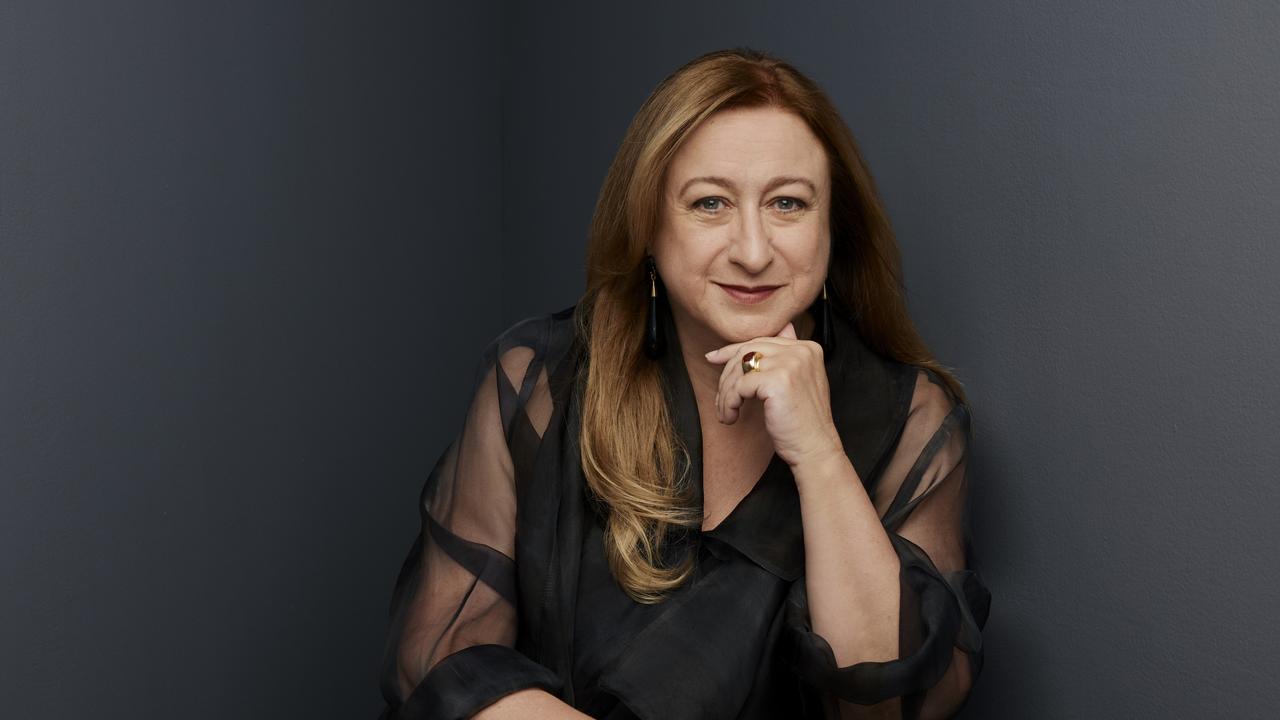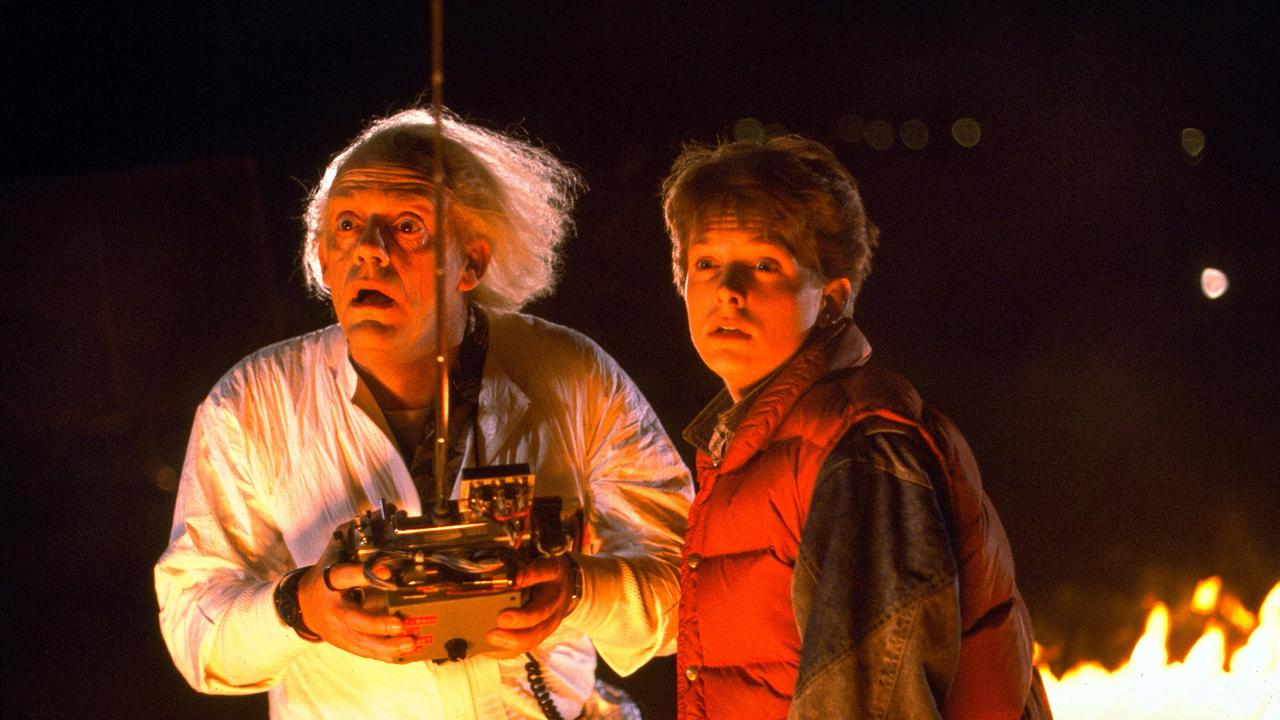Film review: Peggy Guggenheim: Art Addict
If you don’t know much about Peggy Guggenheim, chances are you will be absorbed by this documentary.

There’s an obvious insinuation in the title of Lisa Immordino Vreeland’s engaging documentary Peggy Guggenheim: Art Addict, and it’s one she’s borrowed from her subject.
The American collector, who died in 1979 aged 81, lived for art and it’s fair to say this was a positive addiction. She discovered and nurtured artists, most famously Jackson Pollock, and amassed a world-class collection of modern European and American art, much of it bought ridiculously cheap because at the time it was dismissed as trash. The Peggy Guggenheim Collection in Venice, where she spent the final 30 years of her life, receives hundreds of thousands of visitors a year.
Guggenheim, born into a wealthy New York Jewish family, also lived for men, for sex. She describes herself as a nymphomaniac and her tell-all 1960 memoir, Confessions of an Art Addict, as “all about f..king’’. This addiction was more complicated, not least because of the double standards that applied during her life, and which persist today. A man played the field, a woman was a slut. The suggestion was Guggenheim’s success was as much due to the influential men she slept with as it was to her developing a keen eye for emerging art forms and artists.
Indeed a striking aspect of this documentary is how male-dominated it is. The archival photographs and film footage of now famous artists — Picasso, Max Ernst (whom Guggenheim married, unhappily), Marcel Duchamp, Man Ray — ooze louche testosterone. At one point Guggenheim reveals she had seven abortions while living with literary critic John Holms, because they weren’t married. They were together only for five years.
That Guggenheim was able to make it is a tribute to her determination, and perhaps her eccentricity. As early as 1943 she staged 31 Women, an exhibition of female artists, at her New York gallery, Art of This Century.
So, we have a life of art and sex — and sadness. For all the thrilling bohemia, the rubbing of shoulders (and often more) with Samuel Beckett, James Joyce, Ezra Pound, Gertrude Stein, Paul Bowles, Dali, Yves Tanguy and other artists — and exotic locations — New York, Paris, London, Venice — I was tugged at by the undertow of unhappiness in Guggenheim’s life. It makes this a very human film.
If, like me, you don’t know much about Guggenheim, chances are you will be absorbed by this documentary, with its fascinating parade of characters and its mini-history of the transformation of 20th century art. A father who dies on the Titanic when she is 13, a distant mother, two tragic sisters, an extended family that was, as one interviewee puts it, “all famously off their rockers”. Then the adult life: the liaisons, the marriages, the uneasy relationship with her two children, and art becoming “a mirror for her own strangeness’’. Guggenheim refers to herself more than once as a black sheep.
Vreeland does a good job of examining the different sides to Guggenheim’s life and cohering them into some sort of whole by the end of this cradle-to-grave account. She was blessed by a stroke of incredible good fortune: the discovery of audio tapes, thought lost, of interviews between Guggenheim and her biographer Jacqueline Weld.
So we have Guggenheim telling her own story, deftly spliced with photos and film. She comes across as one of those people who is candid, yet also uses candour as a way of admitting facts but concealing emotions. That ribald description of her memoir, for example, makes her interviewer laugh — and move on. I do like the way she so matter-of-factly answers questions about who she knew and what she did with them.
Vreeland fleshes out the story via interviews with art experts, curators and Guggenheim’s granddaughter Karole Vail. One of the more interesting interviewees is Robert De Niro, whose artist parents were both exhibited at Art of This Century. We see a wonderful photograph of them together. Author Edmund White, who met Guggenheim in the 70s, also provides some useful insights.
Guggenheim at one point says she never expected the artists she supported to repay her. “That they have created and given so much to humanity is enough.’’ Yet as Vreeland’s diligent documentary makes clear, Guggenheim was an artist of sorts, too: she created her extraordinary self.
Peggy Guggenheim: Art Addict (M)
Limited release
3 stars



